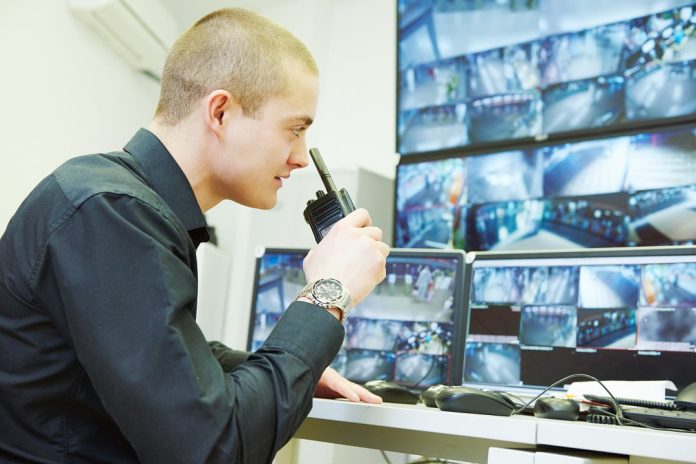RESEARCHERS have developed a new technology that could triple the resolution density of displays and slash power consumption. For CCTV applications, the technology would deliver monitors capable of meaningfully supporting 4K CCTV cameras at wide angles of view.
The new technology could allow field-sequential colour displays where a single subpixel can be quickly switched among red, green or blue. By eliminating the colour filters traditionally used to spatially divide one pixel into red, green or blue subpixels, field-sequential colour displays allow the three subpixels to become three independent pixels and thus triples the resolution density.
"Today's Apple Retina displays have a resolution density of about 500 pixels per inch," said Shin-Tson Wu, who led the research team at the University of Central Florida's College of Optics and Photonics (CREOL). "With our new technology, a resolution density of 1500 pixels per inch could be achieved on the same sized screen. This is especially attractive for virtual reality headsets or augmented reality technology, which must achieve high resolution in a small screen to look sharp when placed close to our eyes."
"Field-sequential color displays can be used to achieve the smaller pixels needed to increase resolution density," said Yuge Huang, first author of the paper. "This is important because the resolution density of today's technology is almost at its limit.
"With (nematic) colour filters, the red, green and blue light are all generated at the same time," said Wu. "However, with blue-phase liquid crystal we can use one subpixel to make all 3 colours, but at different times. This converts space into time, a space-saving configuration of two-thirds, which triples the resolution density."
The blue-phase liquid crystal also triples the optical efficiency because the light doesn't have to pass through colour filters, which limit transmittance to about 30 percent. Another big advantage is that the displayed colour is more vivid because it comes directly from red, green and blue LEDs, which eliminates the colour crosstalk that occurs with conventional colour filters.
Wu's team worked with JNC to reduce the blue-phase liquid crystal's dielectric constant to a minimally acceptable range to reduce the transistor charging time and get sub-millisecond optical response time. However, each pixel still needed slightly higher voltage than a single transistor could provide. To overcome this problem, the researchers implemented a protruded electrode structure that lets the electric field penetrate the liquid crystal more deeply. This lowered the voltage needed to drive each pixel while maintaining a high light transmittance.
"We achieved an operational voltage low enough to allow each pixel to be driven by a single transistor while also achieving a response time of less than 1 millisecond," said Haiwei Chen, a doctoral student in Wu's lab. "This delicate balance between operational voltage and response time is key for enabling field sequential color displays.
"Now that we have shown that combining the blue-phase liquid crystal with the protruded electron structure is feasible, the next step is for industry to combine them into a working prototype," said Wu. "Our partner AU Optronics has extensive experience in manufacturing the protruded electrode structure and is in a good position to produce this prototype."
Wu predicts that a working prototype could be available in the next year. Since AU Optronics already has a prototype that uses the protruded electrodes, it will only be a matter of working with JNC to get the new material into that prototype. ♦









